Looking for Red Palm Weevil in Indonesia
The discovery of red palm weevil (RPW) in Laguna Beach Orange County, California USA has generated considerable interest amongst University of California Riverside research scientists and County, State, and Federal regulatory agencies. There are two color forms of the red palm weevil, the orange form (known as Rhynchophorus ferrugineus) and the black form with the...
By Mark Hoddle |
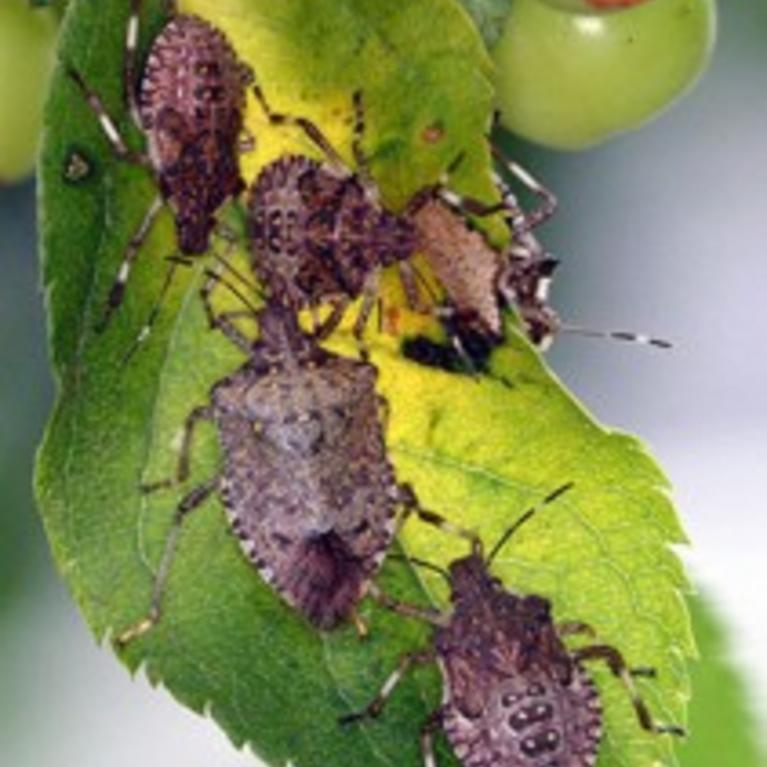
CISR: Brown Marmorated Stink Bug
Brown Marmorated Stink Bug (Halyomorpha halys) The situation: The brown marmorated stink bug is a highly polyphagous insect that is native to Eastern Asia. The pest status of this insect stems from feeding damage caused on a wide range of vegetable crops, fruit trees, and ornamentals. Moreover, it is considered a nuisance pest due to...
By CISR Team |
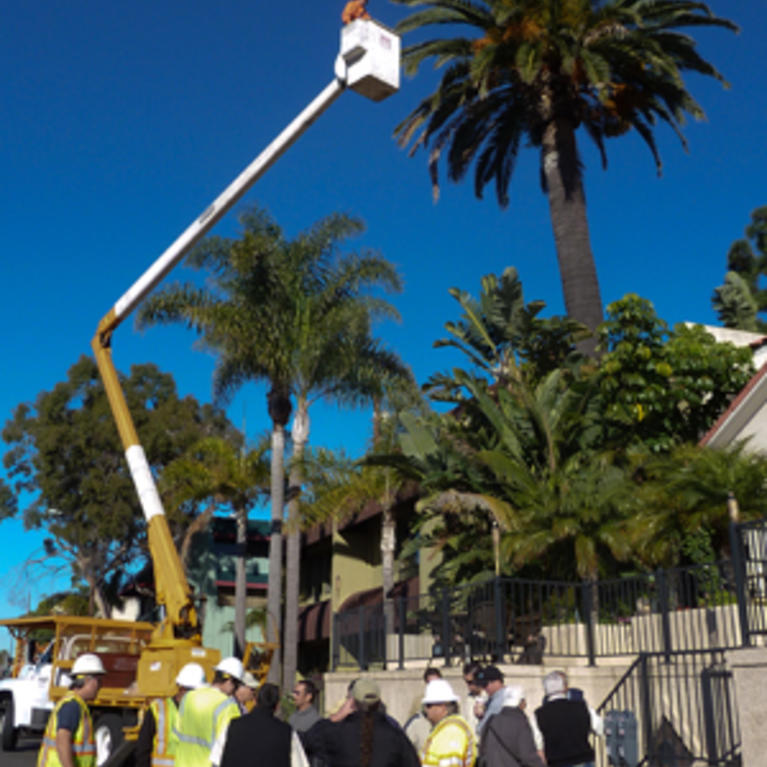
Red Palm Weevil Technical Working Group Field Trip to Laguna Beach
Red Palm Weevil Technical Working Group Field Trip to Laguna Beach 29 November to 1 December 2010 The red palm weevil (RPW) technical working group (TWG) met for three days in Laguna Beach over the period 29 November to 1 December 2010. The TWG was comprised of experts working on RPW in Spain, Israel, and...
By CISR Team |
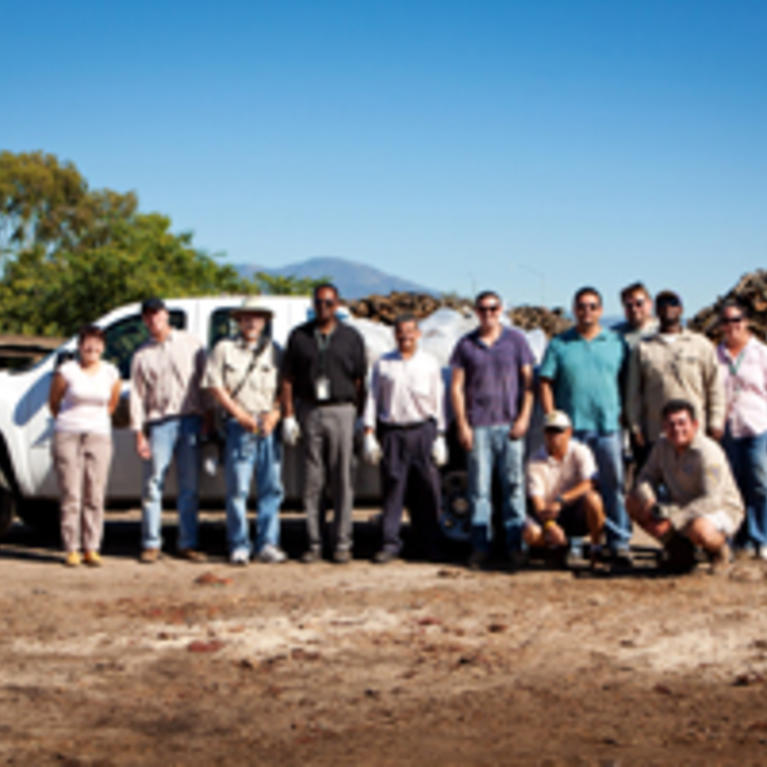
Red Palm Weevil Infested Palm at Laguna Beach Removed
On Wednesday, November 03, 2010, a team of scientists from CISR, CDFA, UCCE, USDA-APHIS, the Orange and San Diego County Agricultural Commissioner’s Offices and West Coast Arborists returned to the Red Palm Weevil (RPW) affected site in Laguna Beach California.Inspection of a unhealthy Canary Islands palm the previous week resulted in the discovery of a...
By CISR Team |
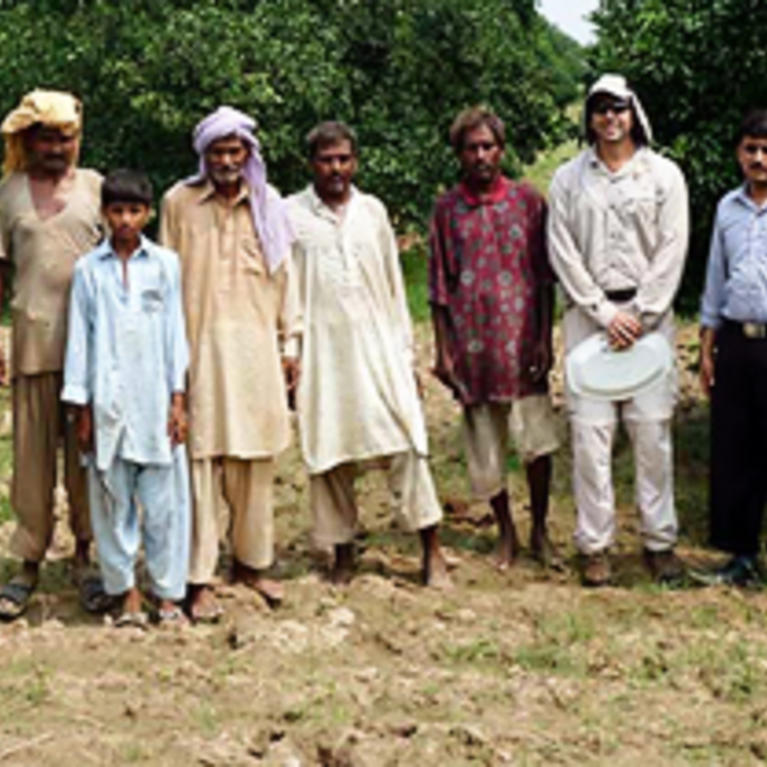
Tracking Down Asian Citrus Psyllid in Pakistan
The Hunt for Natural Enemies has Begun Asian citrus psyllid (ACP), Diaphornia citri, is considered to be one of the world’s most serious threats to economic citrus production because it vectors a bacteria, Candidatus Liberibacter asiaticus, that causes Huanglongbing (HLB) (also known as citrus greening), a disease that is lethal to most varieties of citrus...
By CISR Team |
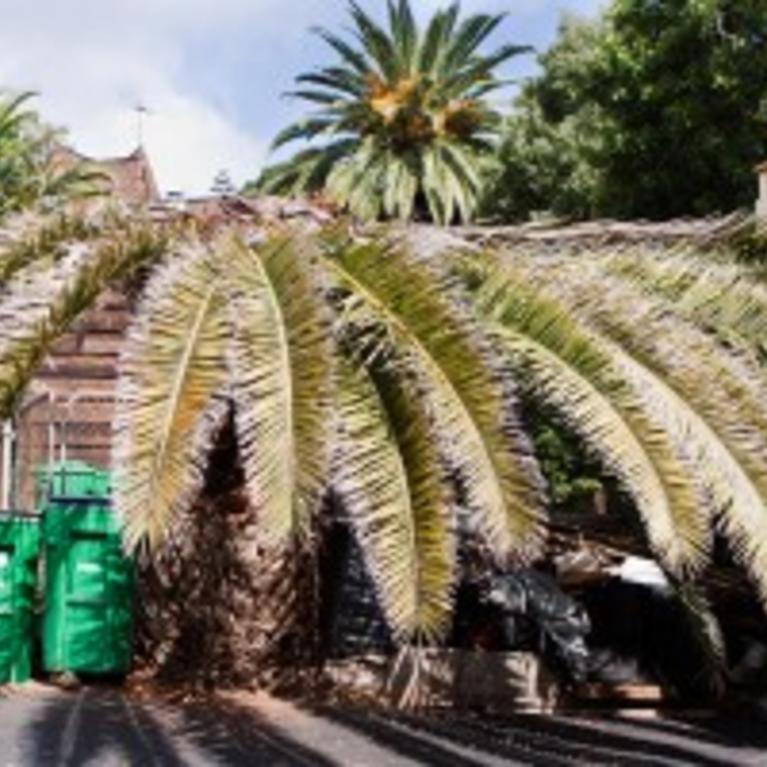
Confirmed: Live Red Palm Weevil found in US
Update on the Red Palm Weevil Infestation in Laguna Beach Today, representatives from the CISR and UCR, (Mark Hoddle and Mike Lewis), UCCE (John Kabashima and Don Hodel), the CDFA (Laura Petro), and the Orange County Agricultural Commissioner’s Office (Nick Nisson) visited the Laguna site with the palm tree infested with RPW. Around this infested...
By CISR Team |
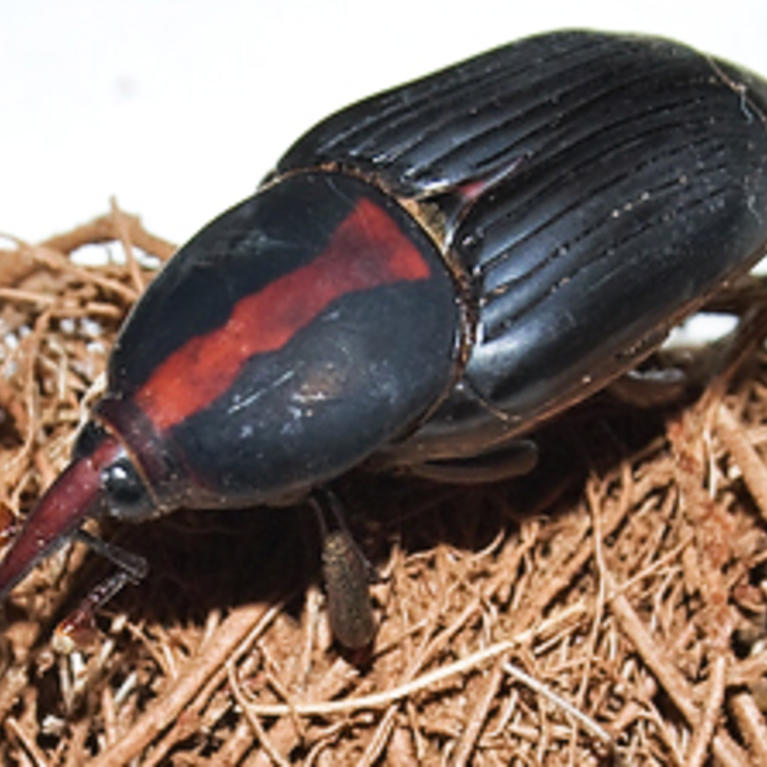
Red Palm Weevil
The Red Palm Weevil (RPW) is widely considered the most devastating insect to attack palms has been found in Laguna Beach, Orange County Calif. The weevil was originally found by a landscape specialist in late August 2010 infesting a Canary Islands palm in a residential area. Subsequent investigation by plant health regulatory officials confirmed the...
By CISR Team |
Tracking Down Asian Citrus Psyllid in Pakistan
The Hunt for Natural Enemies has Begun Asian citrus psyllid (ACP), Diaphornia citri, is considered to be one of the world’s most serious threats to economic citrus production because it vectors a bacteria, Candidatus Liberibacter asiaticus, that causes Huanglongbing (HLB) (also known as citrus greening), a disease that is lethal to most varieties of citrus...

Can Invasiveness Evolve?
Introduction by Mark Hoddle Have you ever wondered why only a small fraction of introduced species of plants and animals become invasive while others remain well behaved in their new home? This is a puzzling question for invasion biologists and regulators developing plans to manage invasive species. Dr. Norman Ellstrand, a Professor of Genetics in...
By CISR Team |
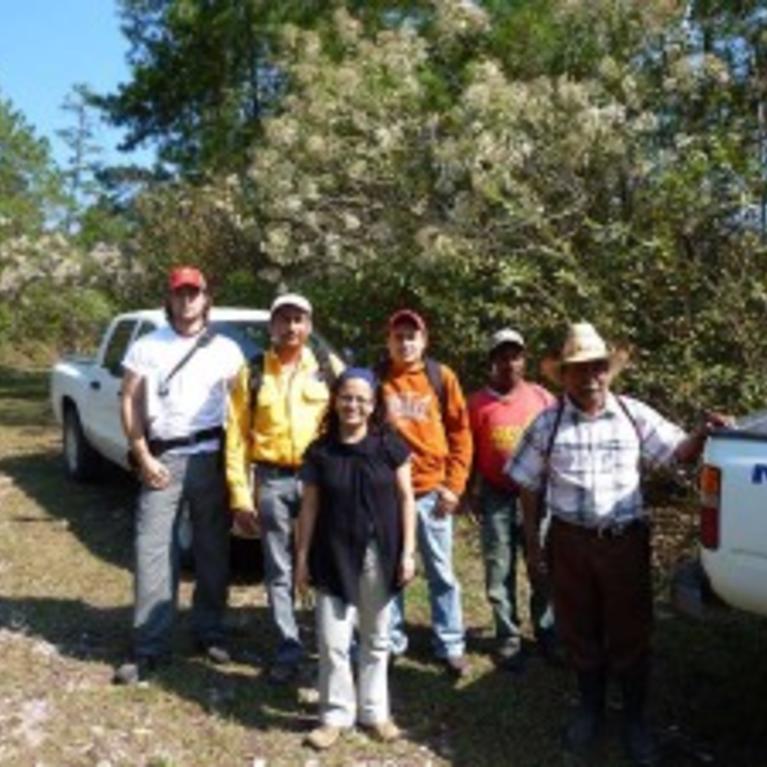
Foreign Exploration for Gold Spotted Oak Borer in Chiapas and Oaxaca, Mexico
March 29 to April 10 2010 The gold spotted oak borer (GSOB), Agrilus coxalis(Coleoptera: Buprestidae) is an invasive pest in Southern California that was first detected around 2004. This beetle has a natural distribution that extends from the oak forests in the mountains of Southern Arizona (i.e., the Santa Ritas, Santa Catalinas, Chiricahuas, and the...
By CISR Team |
Let us help you with your search